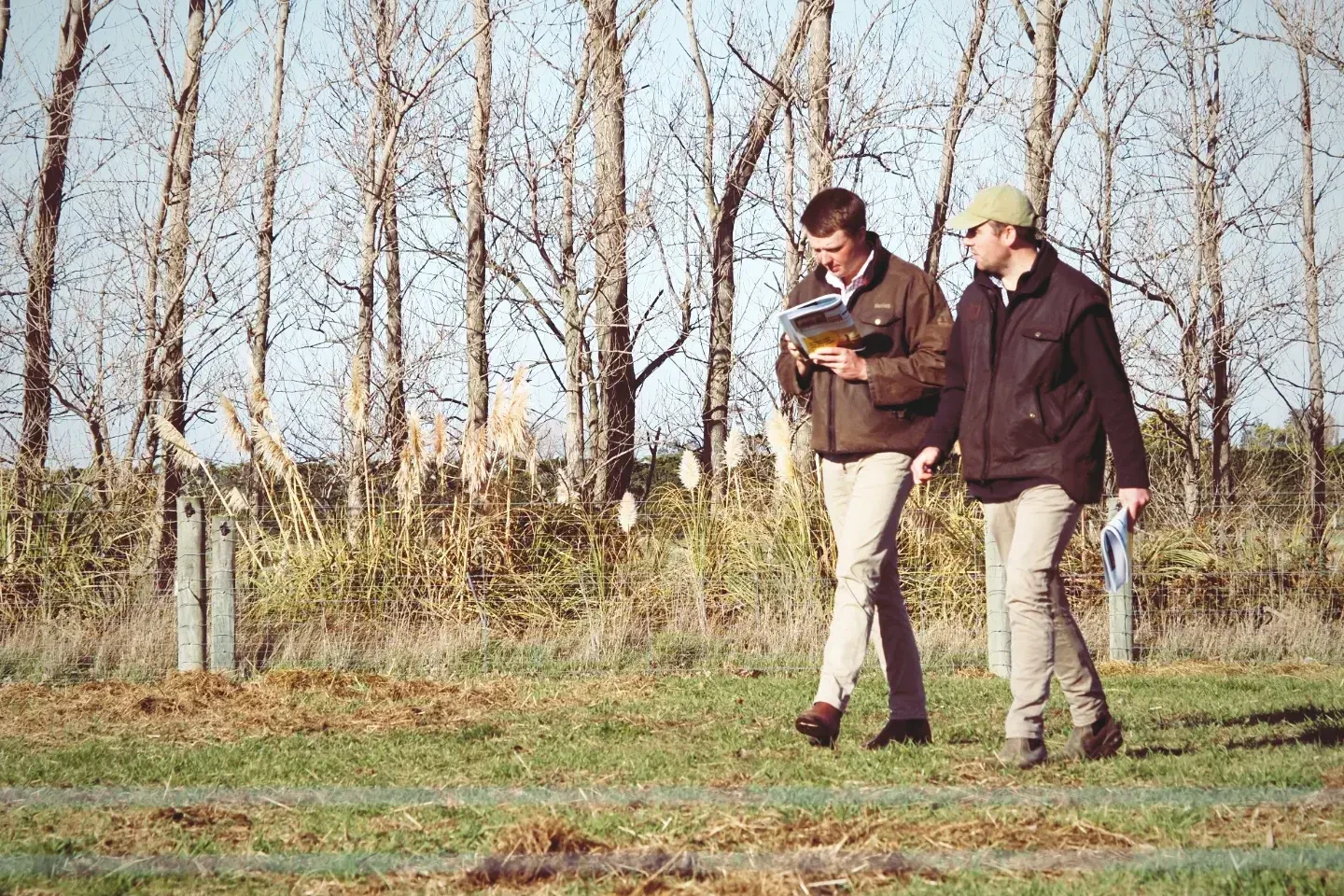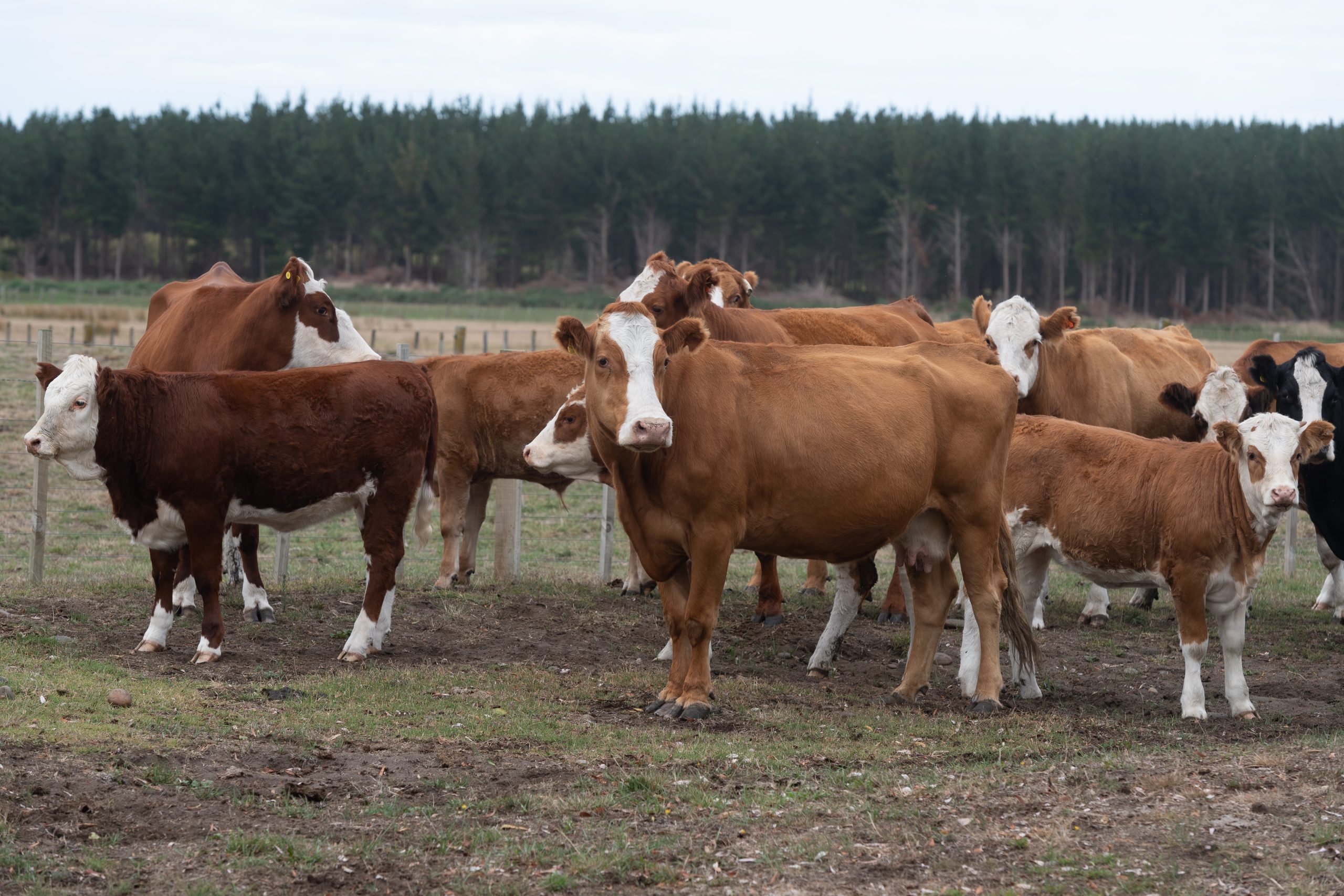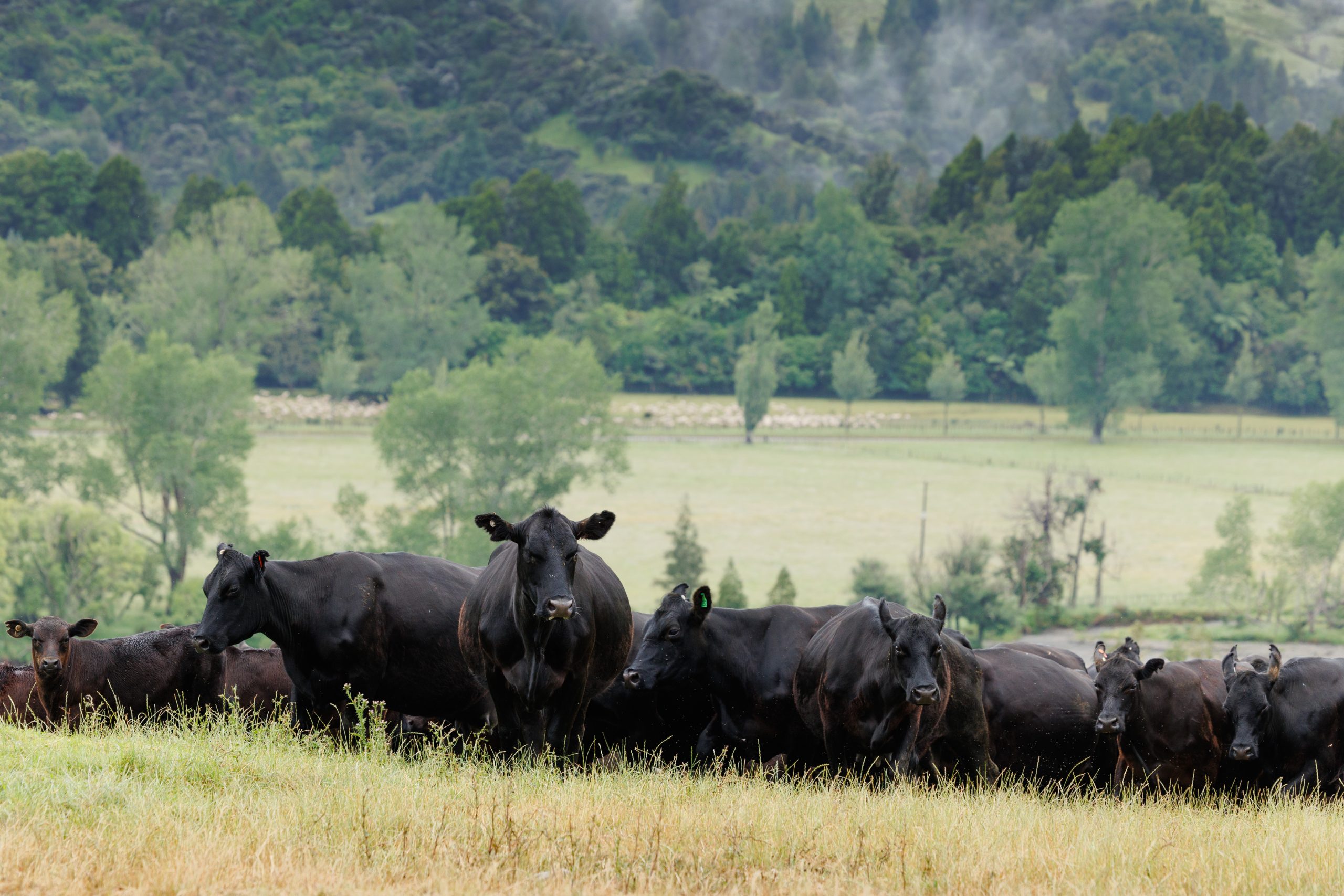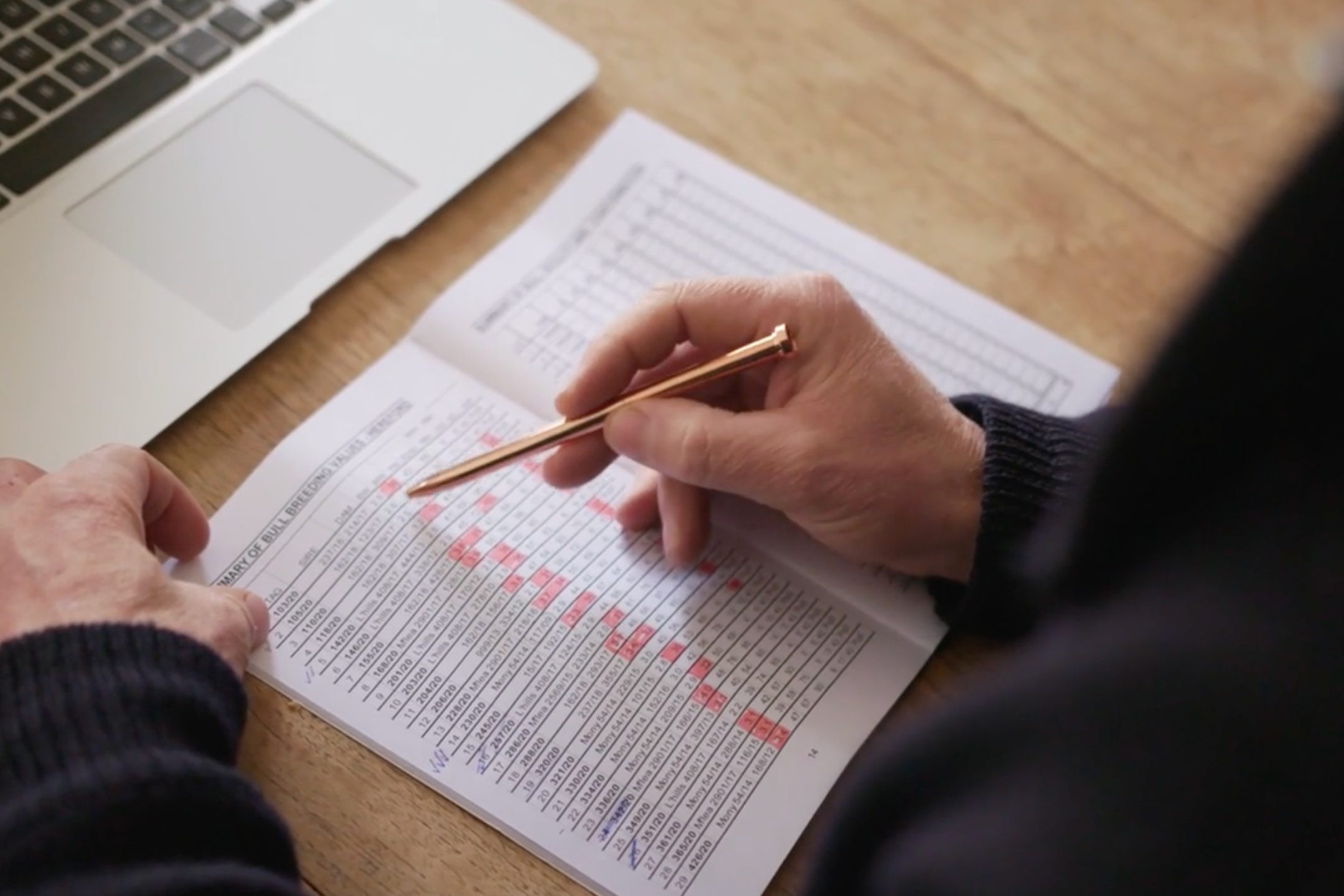Simmental: 50 years strong
Simmental cattle first arrived in New Zealand in the early 1970s in a wave of European breed imports intended to inject new life into beef production. Words by Tony Leggett.

Seven Simmental bulls were among consignments of four exotic breeds in a live shipment, arriving in Wellington Harbour in April 1972. The 30 bulls spent their first 30 weeks in quarantine on Somes Island before being released for evaluation on several government-owned research properties. The other breeds in the original shipment were Blonde d’Aquitaine, Limousin, and Maine-Anjou, but none of them have gained the foothold of the Simmental breed in New Zealand. Small consignments of purebred heifers were imported in the following years along with semen from several countries.
One of the first purebred heifer consignments imported was a group of 24 from Germany, organised by the government which selected half for its Lands & Survey farms and offered the other half to breeders through a ballot system. Those lucky in the ballot made their selections while the cattle were completing quarantine on Somes Island in Wellington Harbour.
Not surprisingly, there was enormous demand for any purebred Simmental or Simmental cross cattle in those early days, and prices reflected it.
Commercial cattlemen also began to discover hybrid vigour and Simmental bulls were increasingly being used in cross-breeding programmes over the mostly British breeds throughout the country.
At one stage, the New Zealand Simmental Cattle Breeders Society (Simmental NZ) boasted more than 1000 members, including a future Minister of Agriculture, Jim Sutton.
Adding to the membership in the early days were many Australian breeders who joined when NZ became the route for imports of live cattle and semen to Australia.
Just over 50 years later, there are now 45 registered studs active on the herd book and the Simmental breed is the third ranked breed for registered stud females in the country.
Current breed Simmental NZ President Tracey Neal says the opportunity for cross-breeding with the large British breed cow base here in NZ remains a major attraction for Simmentals as it was in the seventies. “Heterosis was in play and it was a free lunch for many breeders who used Simmental bulls over their British breed cows. The progeny were exceptional and Simmental-sired weaners are often still among the top priced pens of calves sold at weaner fairs right across the country.”
Tracey says the terminal sire bull market remains the primary outlet for Simmental bull breeders, but many are now targeting the dairy bull market and Simmentals are prominent in the rankings within Beef + Lamb NZ’s Dairy Beef Progeny Test.
It hasn’t all been plain sailing for the breed in NZ. It took 15 years and heavy culling to overcome the stigma of Simmentals being renowned as a stroppy breed. “As a breed society, we were the first to introduce an estimated breeding value (EBV) for docility and to measure docility in our heifers at both weaner and rising two-year-old stage, so we could cull poorly ranked cattle from our herds,” she says.
At an individual stud level, just two studs, both in Hawke’s Bay, have reached the milestone of 50 years of breeding Simmental cattle. The Absolom family’s Rissington stud at Rissington notched up five decades in 2021 and Tony Thompson joined Simmental NZ in 1971 but registered his Glenanthony stud in 1973, initially at Matamata then Waipukurau.




